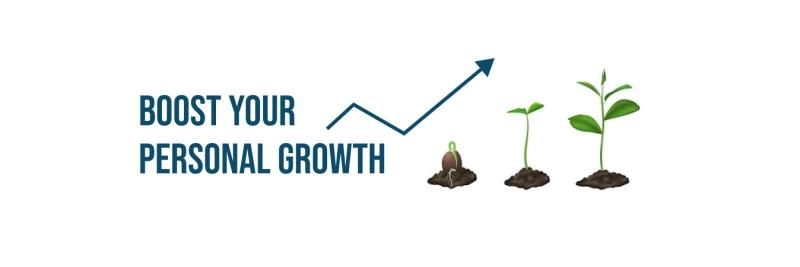Original vs Counterfeit Books – How To Tell the Difference?
At Books Mandala, we’ve seen firsthand how counterfeit books are threatening the future of literature; not just globally, but right here in Nepal. Pirated copies might look harmless, but their impact on authors, publishers, and independent bookstores is real and far-reaching.
This guide will help you identify fake books, understand why piracy matters, and know exactly how to protect your reading choices. Whether you're buying for yourself, your library, or your institution, choosing original books matters more now than ever.
For our statement on the broader crisis, read our open letter: Don’t Trust, Verify.
Why Counterfeit Books Are a Growing Problem
Book piracy is a global epidemic, with over 300 million dollars in publisher losses annually in the US alone. In 2024, piracy websites logged over 261 billion visits, with books accounting for 5 percent of the traffic. South Asia is among the hardest-hit regions due to limited enforcement and low awareness.
Sources: StudyFinds, MUSO, Association of American Publishers
Piracy doesn’t just impact publishers. It takes income away from authors, devalues the reading experience, and undermines trust in the entire book ecosystem. Small bookstores especially feel the effects. Readers end up with poor-quality books that often fall apart or are missing entire chapters.
How to Identify Counterfeit Books
1. Unusually Low Pricing
- If the price seems suspiciously low, it's worth asking why.
- Genuine books, even South Asian editions, follow publisher-approved pricing. Be wary of "imported" books sold at a fraction of the retail price.
- If you see new releases offered at half the price or less, chances are they're pirated.
2. Poor Print and Physical Quality
- Faded covers, blurry images, or off-center logos and titles are common giveaways.
- Counterfeit books often use low-quality paper that feels rough, tears easily, and may show ink bleed.
- Weak glue, misaligned spines, and warped shapes are all signs of rushed or fake binding.
- Missing or duplicated ISBNs are another red flag. Genuine books always include verifiable codes. Use the ISBN International Database to check.
3. Inconsistent or Missing Content
- Missing pages, sections in the wrong order, or duplicate chapters are common in fakes.
- Typos, poor formatting, misaligned text, and unprofessional layouts are also red flags.
- Counterfeits often lack a clear copyright page, publisher imprint, or hologram sticker.
- Images may appear pixelated, grayscale instead of color, or out of place on the page.
4. Suspicious Sellers
- Always ask for a proper invoice. Genuine bookstores and retailers provide clear billing and sourcing.
- Be cautious with social media sellers or unknown marketplace listings with no return policies.
- If a seller avoids questions about sourcing or says “it’s an international print” without details, it’s likely pirated.
Still unsure? Visit one of our stores or browse only verified books online at booksmandala.com.
Why It Matters
Every pirated book sold robs an author of income, weakens publishers' ability to invest in new voices, and erodes trust in books as reliable sources of knowledge. Pirated books are also more likely to be missing content or fall apart quickly, disappointing readers and harming long-term interest in reading.
Worse still, counterfeit books often circulate through informal networks that don’t support bookstores, don’t pay taxes, and don’t reinvest in the reading community.
The Books Mandala Guarantee
- We source all our books directly from authorized publishers or licensed importers.
- We provide official invoices and receipts for every order.
- We support community reporting and encourage customers to report suspicious listings or books.
- We never sell pirated or photocopied materials; only original, traceable editions.
Explore our full range of verified books and offers at booksmandala.com, or visit us in person at our Pokhara or Kathmandu locations.
Further Reading and Resources
- Don’t Trust, Verify: Our Open Letter on Book Piracy
- How to Spot Pirated Books – Why It Matters
- Original vs Counterfeit Books – (Old version for comparison)
- ISBN International Database
- MUSO Anti-Piracy Insights
- Association of American Publishers
- International Publishers Association
Every purchase of a genuine book supports the future of literature in Nepal and beyond.
Let’s build a reading culture rooted in authenticity, trust, and long-term value.
Shop original books now at booksmandala.com




Comments (0)